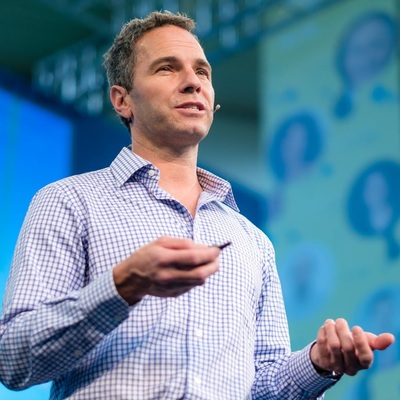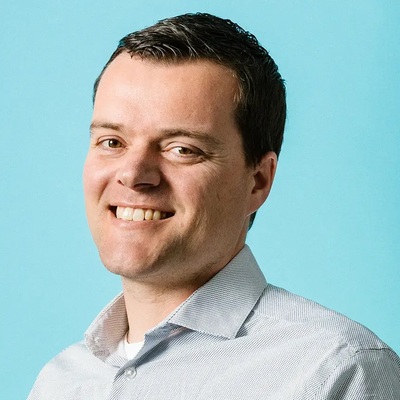The Background
Barton was influenced by his father's entrepreneurial endeavors and thought about starting his own business at some point. When he was in his first year of MBA, he met a student named Scott Kucirek (an Air Force pilot earlier), who was one year ahead of him and was in the process of starting an internet real estate business called ZipRealty. He thought to himself “Wow — if he can start a business after being a pilot, what’s holding me back from starting my own business?”
The Initial Spark
Barton believed that consumer technology offered two value propositions - build things that are easy to use and open the world of possibilities for the end user. In 1999, Barton was in transition to the second year of MBA, and completing his summer internship at Microsoft in London. During his internship period, he used to discuss random ideas with Dhiraj Mukherjee (one of the co-founders of Shazam) and verbally agreed on doing business together once they had a concrete idea to work on. Soon, the duo met Philip Inghelbrecht (another co-founder of Shazam). The idea that a person should be able to identify music heard at different places was something which few companies were already working upon. Though they were successful in finding a technically feasible feasible way of identifying music, it came with two severe limitations - they could only identify songs playing on radio stations, and the user experience was poor. They initially thought of building a software that would be installed at the radio stations. The software would let RJs keep records of the songs they played. They would then provide a consumer mobile phone service that would tell users what song was playing on the radio. Still skeptical of this idea, and thinking about how competitors could easily replicate this technology, they pivoted to answering the question “What if someone could identify the song using the actual sound of the music captured over the mobile phone?" Then, they would not need to know what the radio station was playing at all, because they would actually identify using the sound of the music itself.
Ahead of its time
Executing the idea meant building a sound pattern recognition technology, which seemed impossible during that time. Voice recognition technology from mobile phones had poor quality and lacked reliability. Additionally, the surrounding sound had to be cut out, in order to improve clarity. Despite these set of challenges, they invented the algorithm, but realized that the technology was not actually a music recognition technology. It was a “recorded sound identification technology” and in fact would work just as reliably in identifying the recorded sound associated with a television show or advertisement, a movie, a radio show, and so on. Given their tech could had already many use cases, they continued to build the technology so that it would be able to identify music.
The Final Spark
The search for the fourth co-founder, Avery Wang, was a meticulously one. They were searching for a person who had completed PhD in music-related Digital Signal Processing (DSP) within the Electrical Engineering Departments of MIT’s Media Lab and Stanford’s Center for Computer Research in Music and Acoustics (CCRMA). When Avery joined the team, they built a working algorithm that could then be pitched to the investors.
The Launch
The number of features seen on Shazam today were not available when it was launched in 1999. They predicted that the cellphones would eventually turn to smartphones and then they could take advantage of their advanced technology. Shazam was so far ahead of its time in 2000 - incredibly, it was actually three years before iTunes, seven years before the iPhone, and eight years before the App Store.









 Entrepreneurship
Entrepreneurship